[Ad-Oracle-Sql] 4. Introduction to PL/SQL
Categories: Ad-Oracle-Sql
Tags: PL/SQL
📋 This is my note-taking from what I learned in the class “Advanced Database Concepts”
Objective
- PL/SQL and application programming
- Application models
- How to locate Oracle resources
- SQL and PL/SQL tools
- The databases used in this book
- SQL SELECT statement and data manipulation syntax
Procedural Languages
- Programming languages allow actions of the end user to be converted to computer instructions
- Procedural languages allow the inclusion of logic processes
- PL/SQL is a procedural language, SQL is not a procedural language
Application Programming
Example application screen
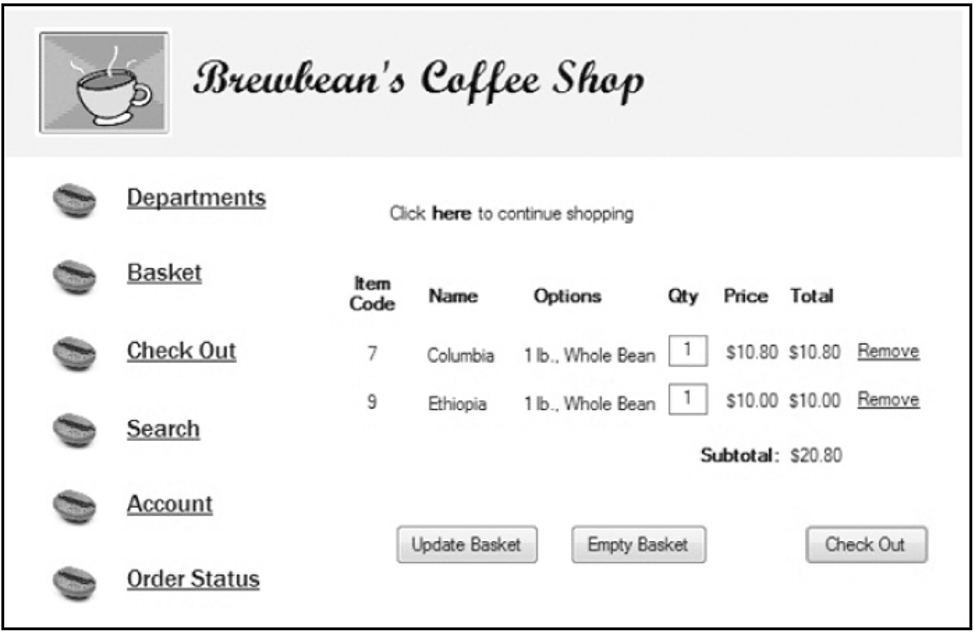
Brewbean’s Application
Processing needed to support the shopping cart check out button:
- Verify quantities are > 0
- Calculate shipping cost
- Calculate taxes
- Check/update product inventory
- Check shopper profile for credit card information
The PL/SQL Language
- Proprietary Oracle language
- Tightly integrated with SQL
- Can increase performance by grouping statements into blocks of code
- Portable to any Oracle platform
- Used within many Oracle tools
- Stored program units can increase security
Application Models
-
- Three main components
-
- User interface or screens
-
- Program logic (brains behind the screens)
-
- Database
- Most models are based on a two- or three-tier structure
Two-tier Model
- Commonly referred to as client/server
- Parts of the processing occur both on the user’s computer and the database server
- Named or stored program units are blocks of PL/SQL code saved in the Oracle database to provide server-side processing
Two-tier Diagram
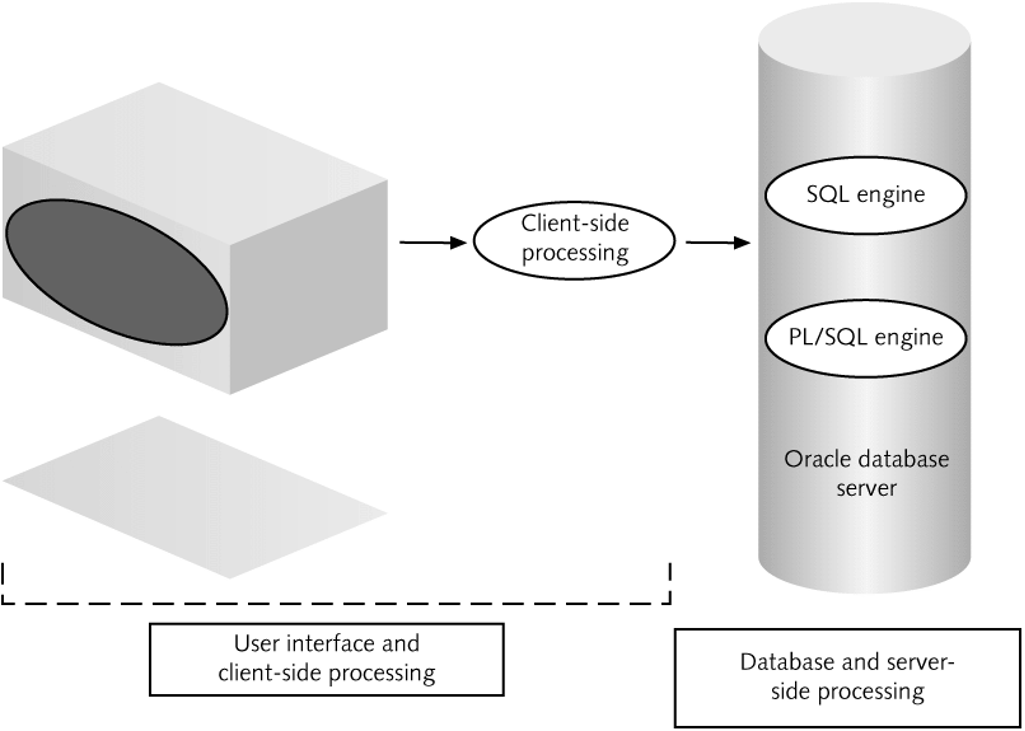
Three-tier Model
- Thin client with no code loaded on the user machine (browser access)
- Middle tier is the application server – Forms server for Oracle
- Last tier is the database server
- Processing load is on the middle and last tier
- Maintenance is simplified
Three-tier Diagram
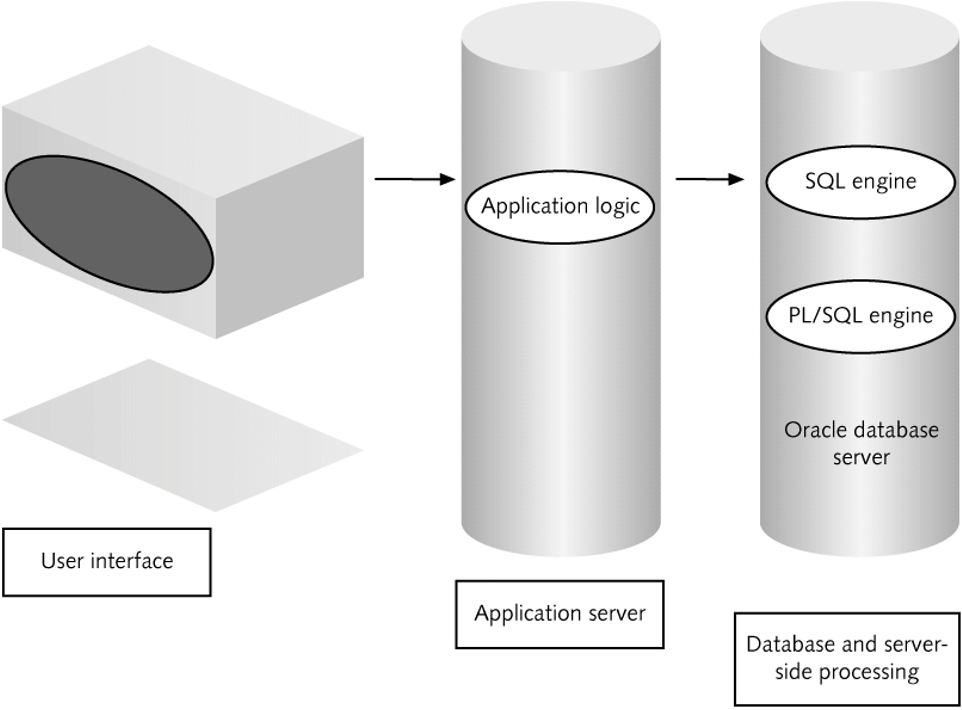
Oracle Documentation
-
- Oracle Technology Network (OTN): otn.oracle.com
-
- Documentation
-
- Sample Code
-
- Discussion Forums
- User Web sites: PL/SQL Obsession
SQL & PL/SQL Tools
- SQL*Plus
-
- SQL Developer
-
- Appendix B
-
- Other software introduced in appendices
-
- TOAD
-
- SQL Navigator
SQL*Plus Client Interface
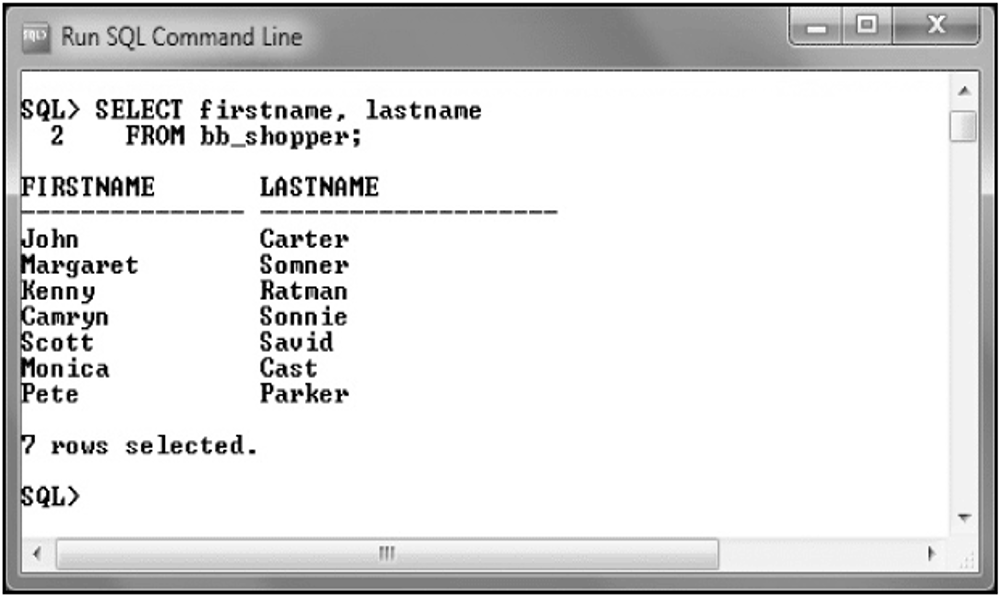
SQL Developer
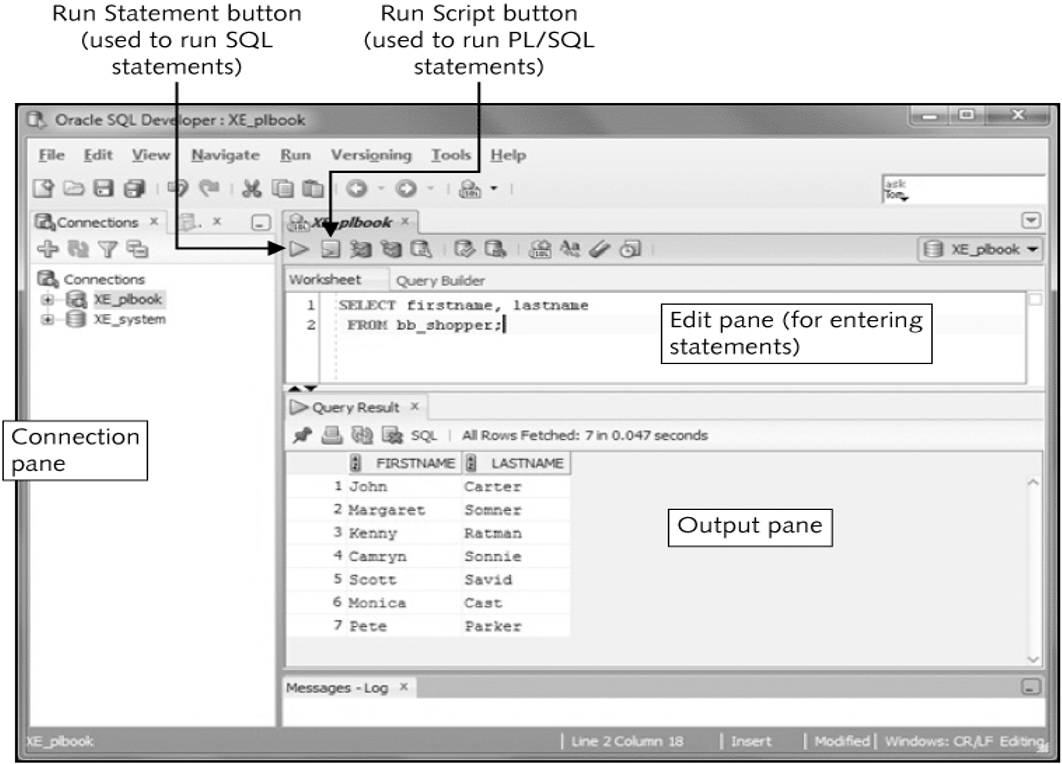
Databases Used
-
- Brewbean’s Company
-
- In text examples
-
- Assignments
-
- DoGood Donor
-
- Assignments
-
- More Movie Rentals
-
- Case Projects
The Brewbean’s Company
- Retails coffee and brewing equipment via the Internet, phone, and stores
- Used in chapter explanations, examples, and exercises
- Databases create script provided for each chapter
ERD for Brewbean’s DB
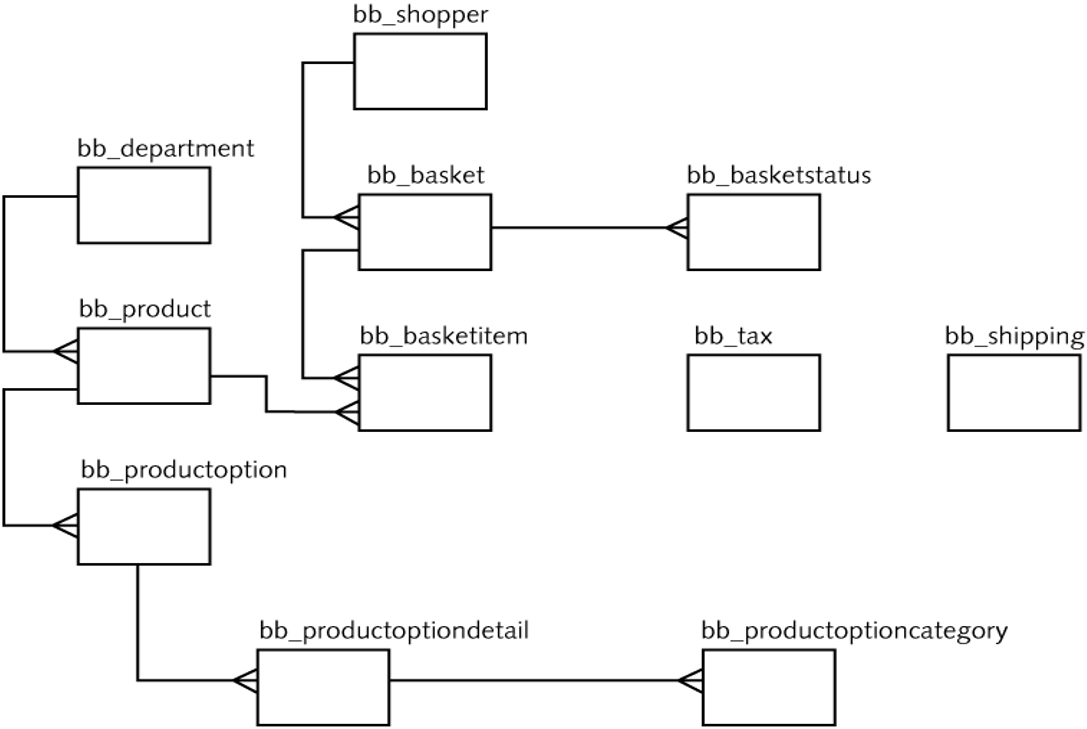
DoGood Donor ERD

More Movies ERD
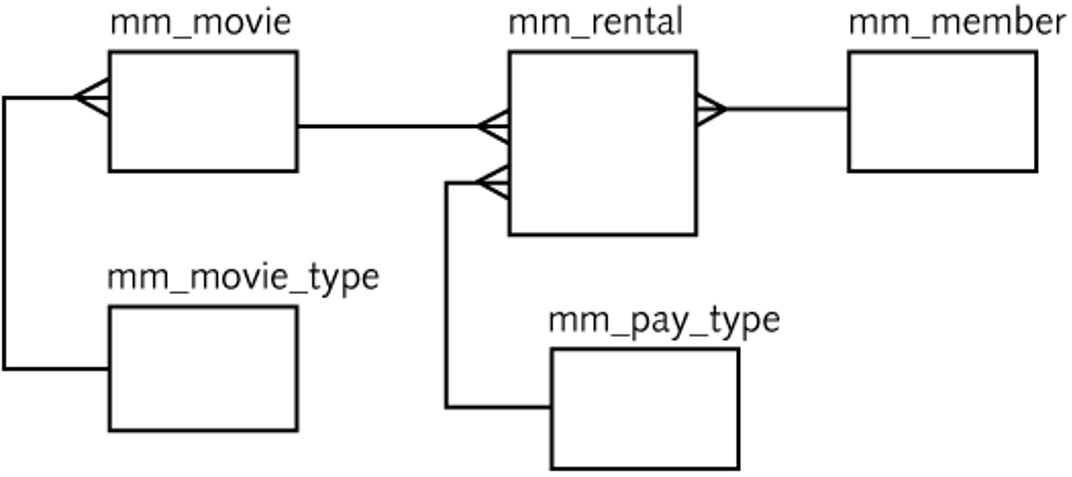
SQL Query Syntax
SELECT <columns>
FROM <tables, views>
WHERE <conditions>
GROUP BY <columns>
HAVING <aggregation conditions>
ORDER BY <columns>;
Traditional Join
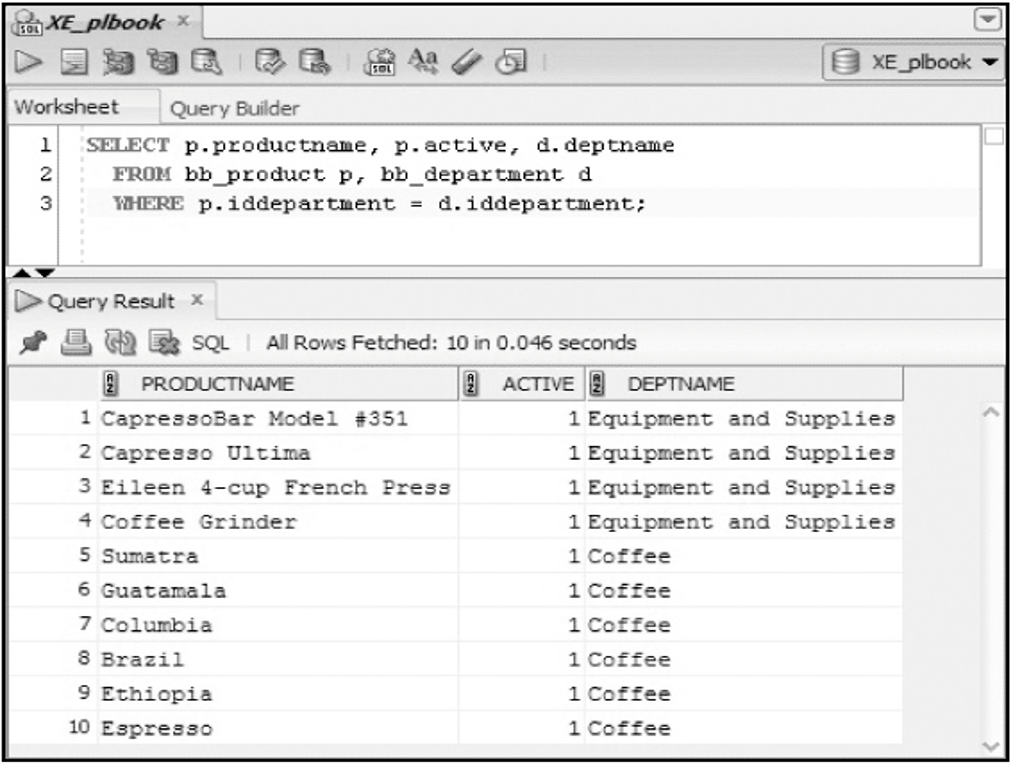
ANSI Join
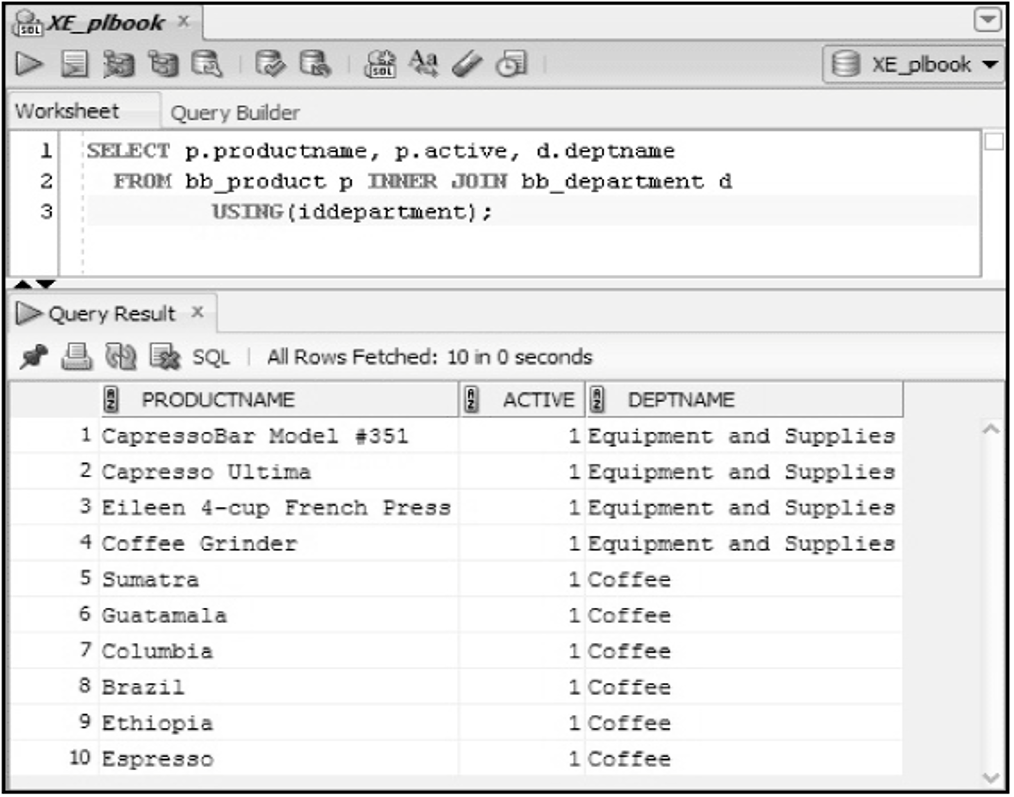
Aggregate function
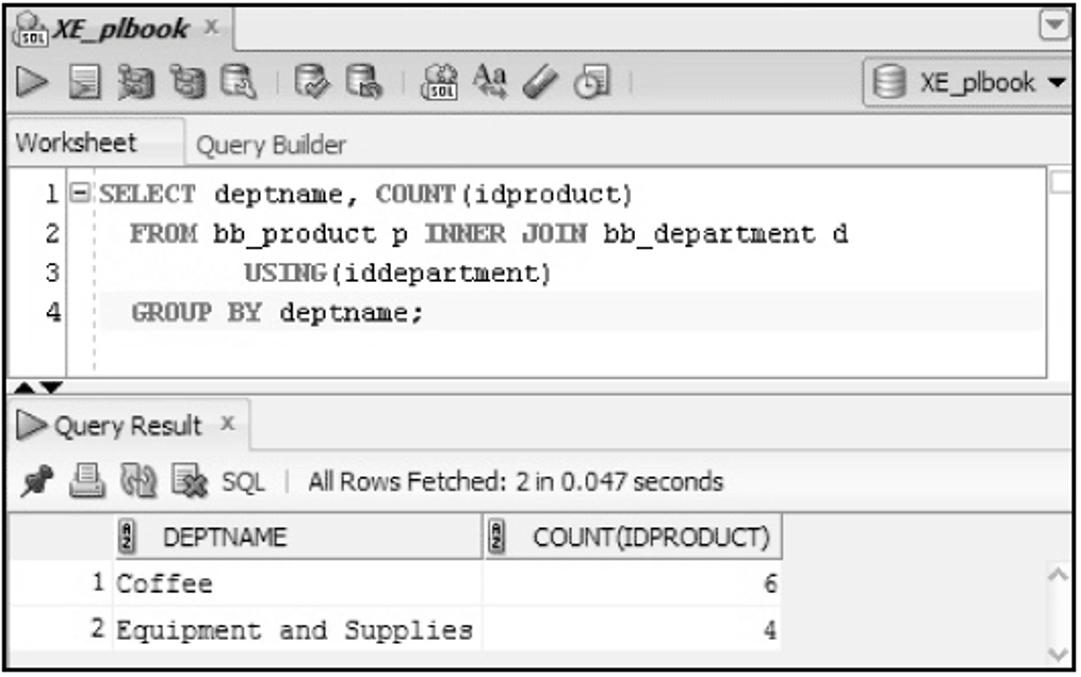
WHERE clause filter
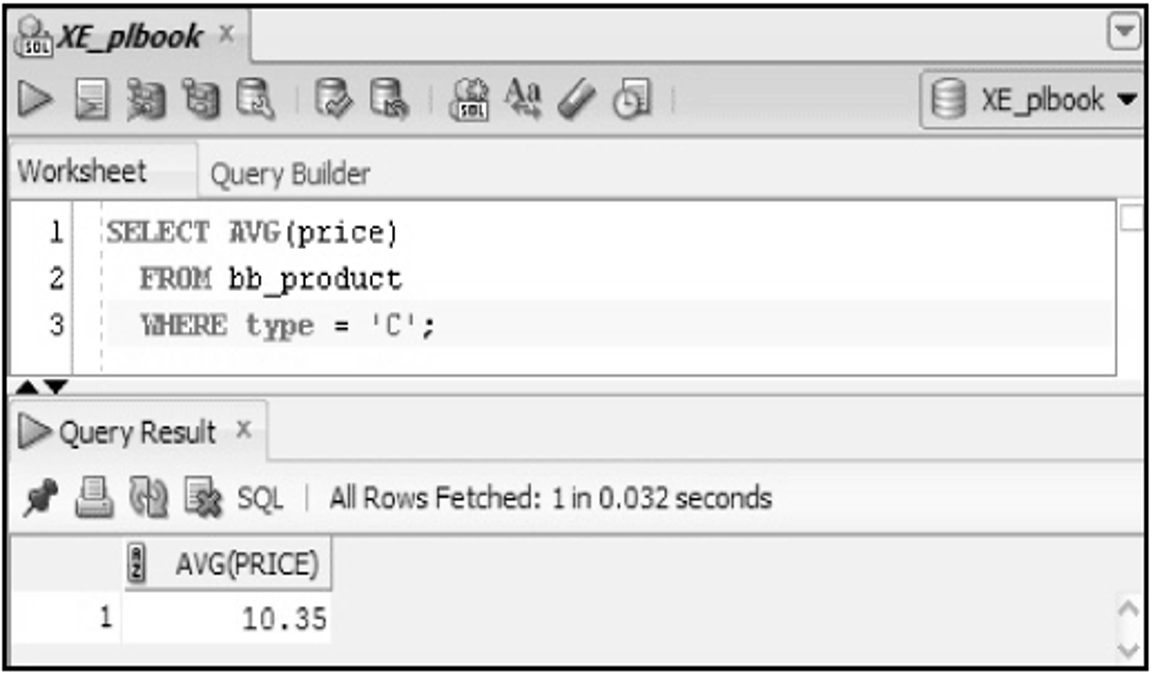
Creating Tables

DML - Insert
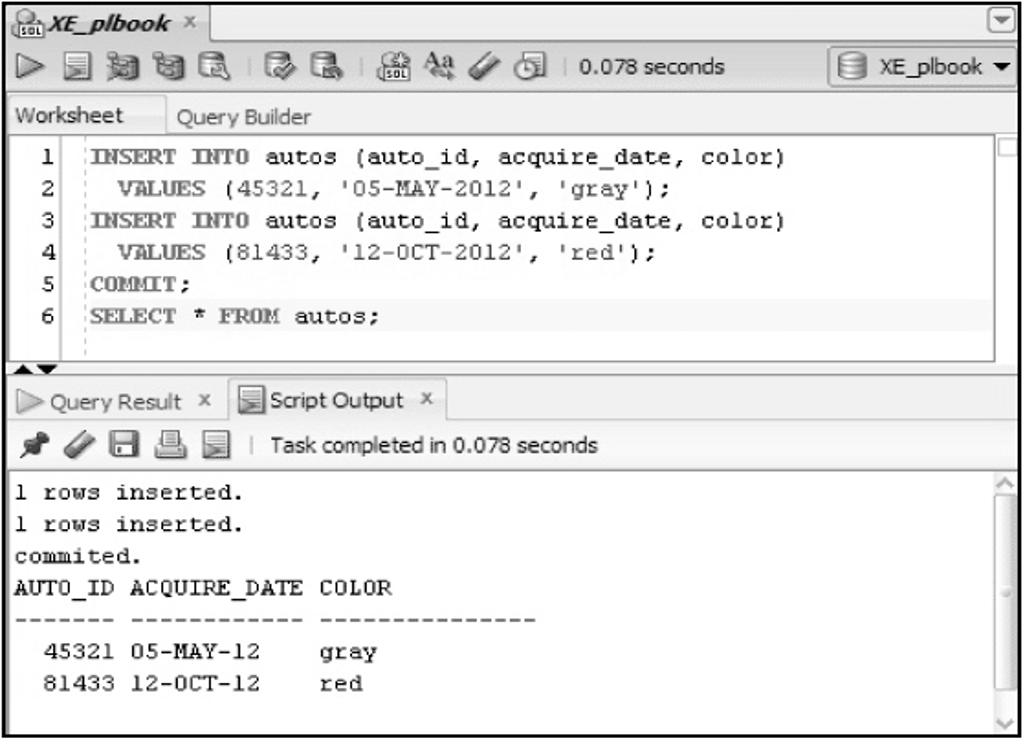
DML - Update
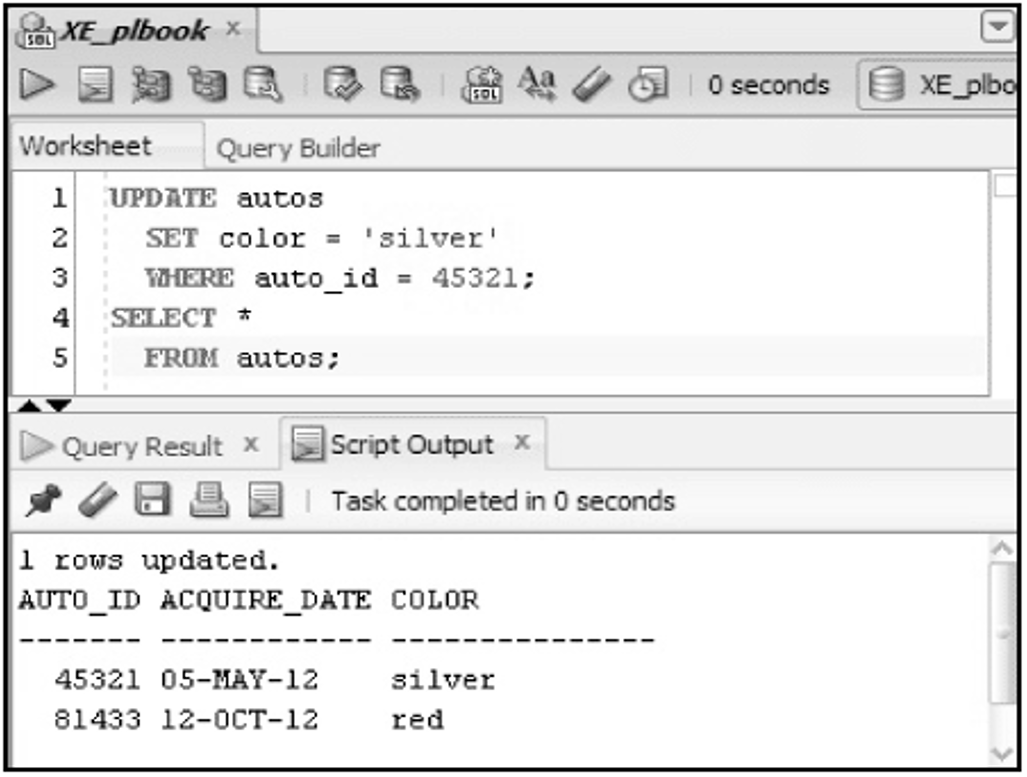
DML - Delete
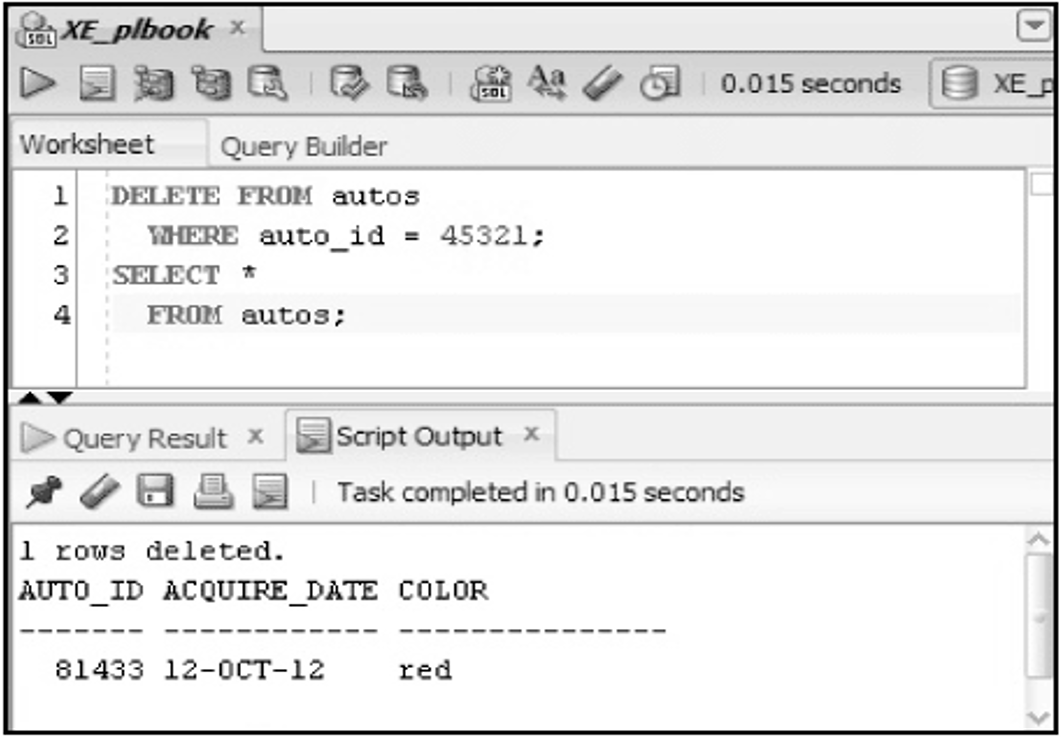
Drop Table
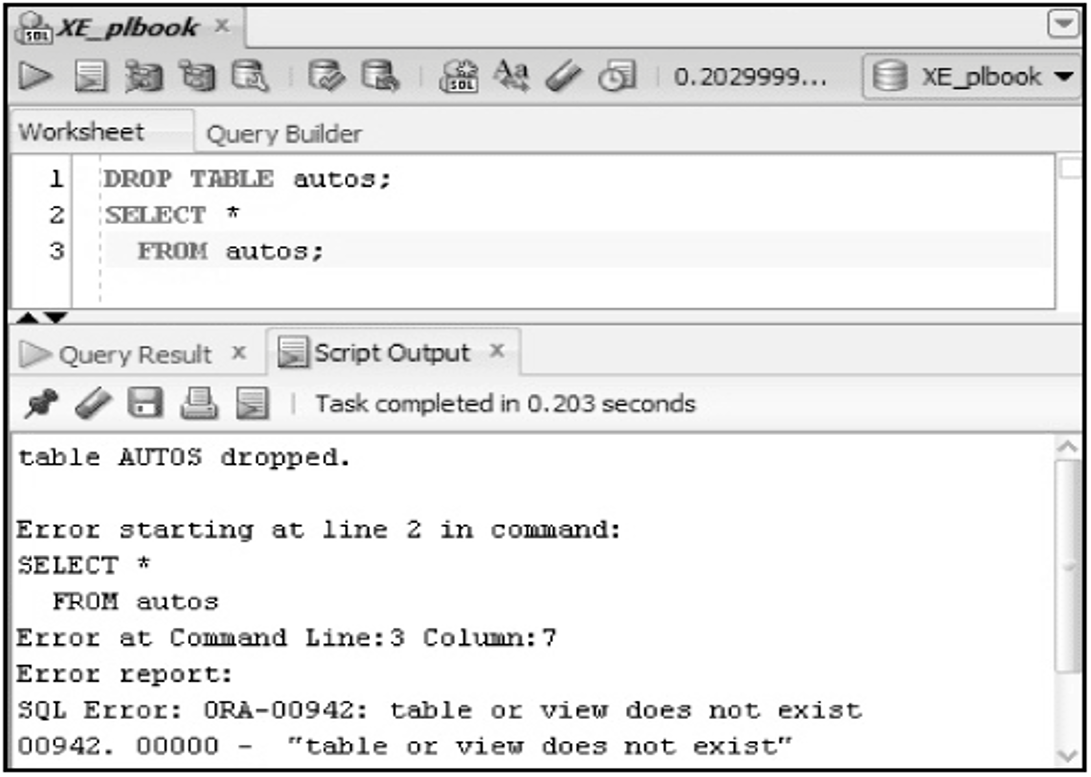

Leave a comment